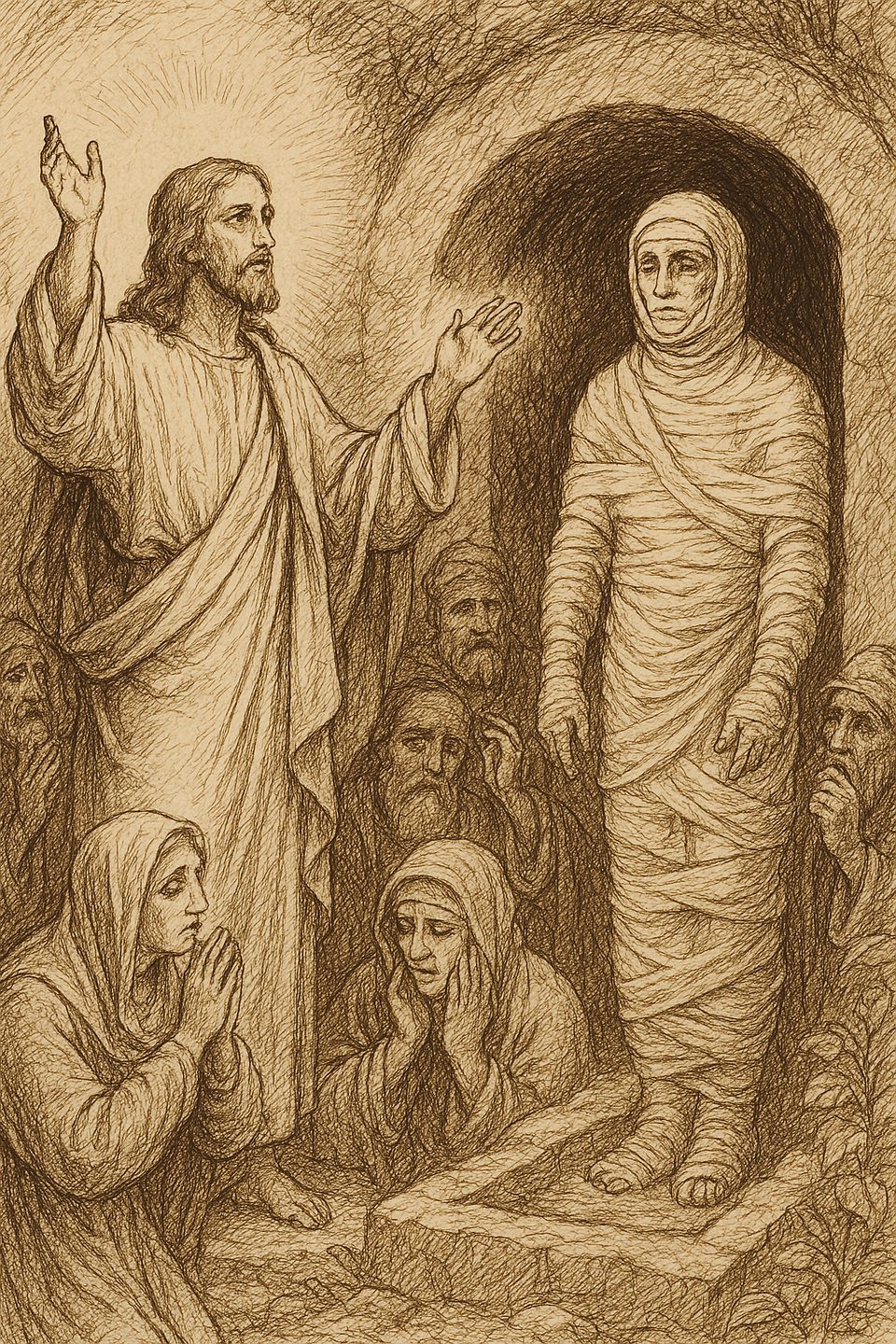The Case for Conspicuous Omission in the Gospels

The Gospels serve as the primary records of Jesus’ life, yet they exhibit significant variations in their narratives, particularly in their accounts of miracles. A key question in biblical scholarship is why certain miracles appear in some Gospels but not others. The concept of conspicuous omission suggests that when an author is attempting to portray Jesus as a divine figure, it would be expected that they would include all known miracles. The fact that various miracles do not appear in all Gospels supports the hypothesis that Gospel writers were unaware of certain events rather than deliberately omitting them. This theory is especially evident in the differing accounts of Jesus raising the dead.
One clear example of this phenomenon is the miracle of Jesus raising the widow’s son at Nain. This event appears only in Luke (7:11-17) and is absent from both Matthew and Mark, despite their inclusion of another resurrection account—Jairus’ daughter (Matt. 9:18-26; Mark 5:21-43; Luke 8:40-56). If Matthew and Mark had known about the widow’s son miracle, it is reasonable to assume they would have included it to further support Jesus’ divine authority. Instead, the omission suggests that they simply lacked access to the source Luke used for this story.
The variations in miracle accounts among the Gospels align with the dominant scholarly theory of Markan Priority, which posits that Mark was the earliest Gospel and was used as a source by Matthew and Luke (Brown 158). However, Luke also contains material not found in Mark, including the widow’s son miracle, leading scholars to suggest he had access to a unique source, often labeled as “L” (Luke’s special material) (Ehrman 95). The fact that this event appears in Luke but not in Matthew or Mark supports the idea that different Gospel writers were working from different traditions, rather than deliberately excluding miracles.
Further supporting this idea is the absence of the raising of Lazarus from all three Synoptic Gospels. The raising of Lazarus, recorded only in John (John 11:1-44), is one of the most dramatic resurrection miracles attributed to Jesus, yet it is completely missing from Matthew, Mark, and Luke. If the Synoptic authors had been aware of this event, they would have likely included it to demonstrate Jesus’ power over death. Scholars such as Bart Ehrman argue that this omission strongly suggests that John relied on a separate oral or written tradition unknown to the Synoptic writers (102).
The implications of conspicuous omission extend beyond these three resurrection miracles. As James Dunn notes, the Jesus tradition was primarily transmitted orally before being written down, meaning different communities preserved different stories (76). This further explains why some miracles appear in one Gospel but are absent from others—not due to theological exclusion but because of source limitations. There is also the distinct possibility that some of these traditions were invented far after the death of Jesus.
Thus, conspicuous omission in the Gospels is best understood as evidence of the fragmented transmission of oral traditions rather than intentional editorial choices. The case of Jesus raising the dead in different Gospels highlights this issue: if Matthew, Mark, and Luke had access to the same stories, they would almost certainly have included them. The absence of these miracles in some Gospels strongly suggests that the authors simply did not know about them.
Works Cited
Brown, Raymond E. An Introduction to the New Testament. Yale University Press, 1997.
Dunn, James D.G. Jesus Remembered. Eerdmans, 2003.
Ehrman, Bart D. Jesus: Apocalyptic Prophet of the New Millennium. Oxford University Press, 1999.
The Holy Bible, New International Version. Zondervan, 2011.


Comments ()